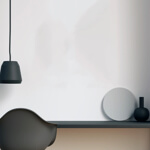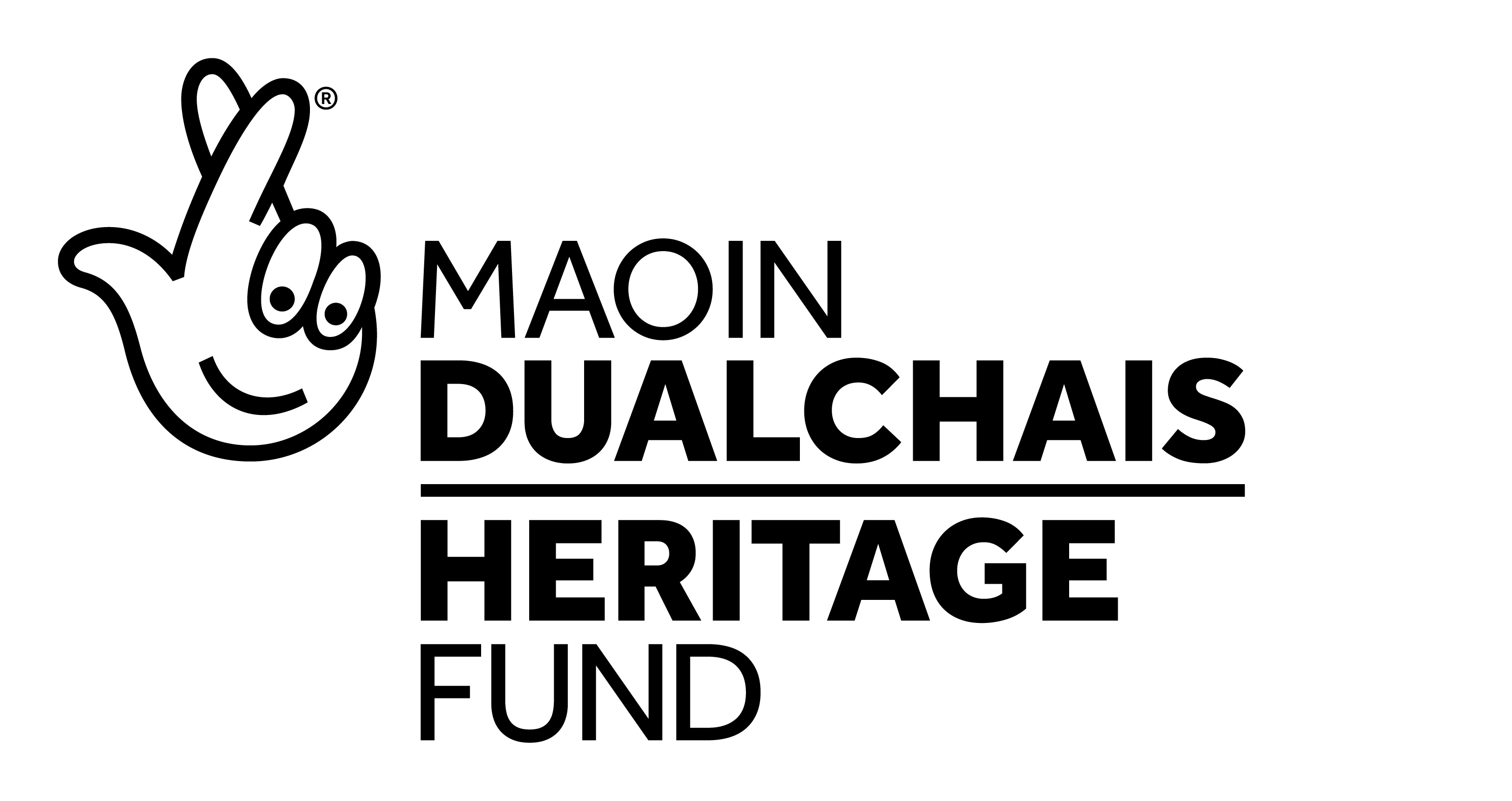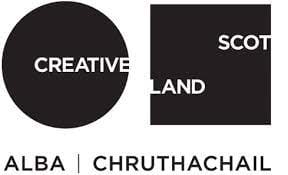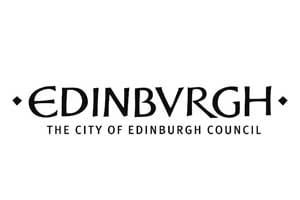
Art & Language
Paper 65.5 x 50 cm
This work is the final image from the series Ten Posters: Illustrations for Art-Language. The set of 10 screenprints was published by Edinburgh Printmakers as a repetition of the ten posters originally published in 1977. Each image in the series was originally produced for the Art-Language magazine, and at the time in 1977 was conceived as a reflection on the Art & Language collective's first ten years of operation.
" The edition, in poster form, of illustrations that had previously been intended for the magazine was therefore no coincidence. It was primarily a way for the remaining members of the collective to reiterate their ideas towards the art world. It was also a reference to the illegal posting of revolutionary drawings and slogans that flourished in the streets of certain western cities at the end of the 1960s.
Clearly inspired by militant aesthetics distorting certain codes of propaganda, the Ten Posters. Illustrations for Art-Language series asserts a resilient attitude symbolised by a fighting man shaking his fist. " (1)
(1) Centre de Création Contemporaine Olivier Debré
Biography
Art & Language is a shifting collaboration among conceptual artists that has undergone many changes since its inception in the late 1960s. Their early work, as well as their journal Art-Language, first published in 1969, is regarded as an important influence on much conceptual art both in the United Kingdom and in the United States.
The Art & Language group was founded in 1967/8 in the United Kingdom by artists Terry Atkinson (b. 1939), David Bainbridge (b. 1941), Michael Baldwin (b. 1945) and Harold Hurrell (b. 1940), four artists who began collaborating around 1966 while teaching art in Coventry. The name of the group was derived from their journal Art-Language, which existed as a work in conversation as early as 1966. Between 1968 and 1982 up to 50 people were associated with the group.
The first issue of Art-Language (Volume 1 Number 1, May 1969) is subtitled ‘The Journal of Conceptual Art’. It was the first imprint to identify a public entity called ‘Conceptual Art’ and the first to serve the theoretical and conversational interests of a community of artists and critics who were its producers and users. While that community was far from unanimous as to the nature of Conceptual Art, the views of the editors and most of the early contributors shared a powerful family resemblance: Conceptual Art was critical of Modernism for its bureaucracy and its historicism and of Minimalism for its philosophical conservatism; the practice of Conceptual Art was primarily theory and its form preponderantly textual.
Throughout the 1970s, Art & Language dealt with questions surrounding art production, and attempted a shift from the conventional "non-Linguistic" forms of art like painting and sculpture to more theoretically based works. When the Art & Language group exhibited in the international Documenta exhibitions of 1972 the work consisted of a filing system of material published and circulated by Art & Language members.









